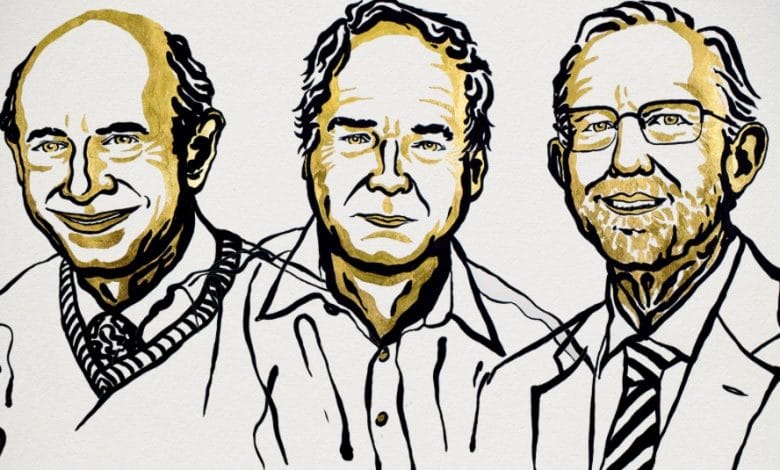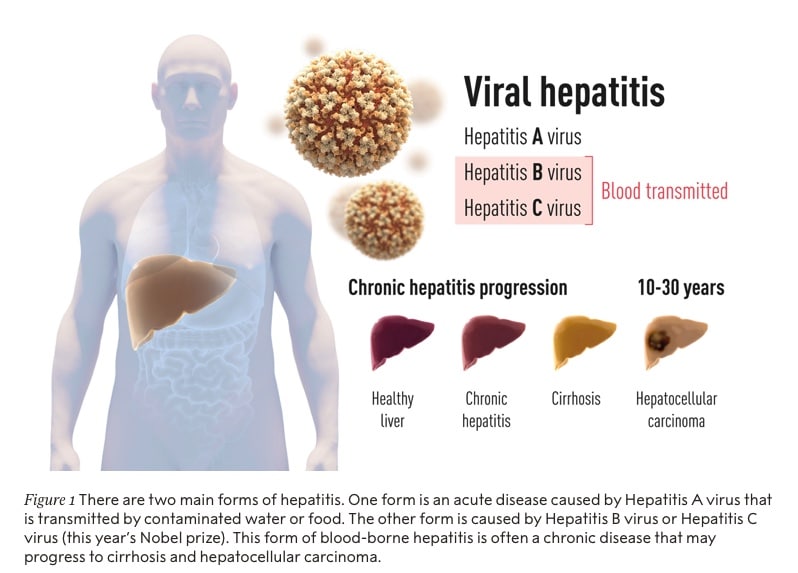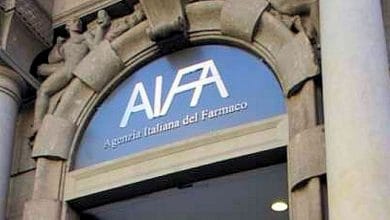
The week of the Nobel prizes has officially started, with the announcement of the winners of the Nobel Prize for Medicine 2020, awarded to Harvey J. Alter, Michael Houghton and Charles M. Rice, awarded for the discovery of the hepatitis C virus. The next scientific appointments are scheduled for October 6 with the announcement of the Nobel Prize for Physics and Wednesday 7, with the Nobel Prize for Chemistry. As in the past, ads are broadcast online from Nobel Foundation, in connection with Stockholm's Karoliska Institute for Medicine and the headquarters of the Swedish Academy of Sciences. For the first time in its history, the awards ceremony, scheduled for early December, will also be virtual.
 A decisive contribution
A decisive contribution
The coveted recognition, therefore, was awarded jointly to the British Houghton and the Americans Alter and Rice for "the discovery of the virushepatitis C“. The trio of luminaries were recognized for their "decisive contribution" to the fight against hepatitis, "a serious global health problem, transmitted by blood, which causes cirrhosis and liver cancer" worldwide, as explained by the jury of the Nobel himself, during the announcement. The three scientists, we read in official statement, made important discoveries that led to the identification of a new virus, the hepatitis C virus. Prior to their work, the discovery of hepatitis A and B viruses had been a major breakthrough, but most of the cases of blood-borne hepatitis had remained unexplained. The discovery of the virus of hepatitis C instead it revealed the cause of other cases of chronic hepatitis and made possible blood tests and new drugs that saved millions of lives.
Hepatitis, a global threat to human health
The inflammation of liver, or hepatitis, is primarily caused by viral infections, although alcohol abuse, environmental toxins, and autoimmune diseases are also common causes. In the 1940s it became clear that there were two main types of infectious hepatitis. The first, called hepatitis A, is transmitted by polluted water or food and usually has little long-term impact on the patient. The second type is transmitted through blood and body fluids and poses a much more serious threat as it can lead to a chronic condition, with the development of cirrhosis and liver cancer. This form of hepatitis it is insidious, as otherwise healthy individuals can be silently infected for many years before serious complications arise. Blood-borne hepatitis is associated with significant mortality and causes more than one million deaths annually worldwide, thus making it a global health problem on a scale comparable to HIV infection and tuberculosis.
The identification of the virus
To identify the virus, explains the Nobel Foundation, all the typical traditional techniques have been used but, despite this, it has escaped isolation for over a decade. Michael Houghton, who works for the pharmaceutical company Chiron, undertook the arduous work required to isolate the genetic sequence of the virus. Houghton and his colleagues created a collection of DNA fragments from nucleic acids found in the blood of an infected chimpanzee. Most of these fragments came from the chimpanzee genome itself, but the researchers predicted that some would also be derived from the unknown virus. Assuming that antibodies to the virus were present in blood drawn from patients with hepatitis, the researchers used patient sera to identify cloned viral DNA fragments that encode viral proteins. Following a comprehensive search, a positive clone was found. Further work showed that this clone was derived from a new RNA virus, belonging to the "Flavivirus" family, called hepatitis C virus.
 The role of the three scientists
The role of the three scientists
The Foundation, in recounting the three scientists' role in the discovery, wrote that Harvey J. Alter's methodical studies of transfusion-associated hepatitis showed that an unknown virus was a common cause of chronic hepatitis. Michael Houghton used an untested strategy to isolate the genome of the new virus named hepatitis C virus, while Charles M. Rice provided the final evidence showing that the hepatitis C virus alone could cause the hepatitis.
Who are Alter, Houghton and Rice
Harvey J. Alter was born in 1935 in New York. He received his MD from the University of Rochester Medical School and trained in internal medicine at Strong Memorial Hospital and University Hospitals of Seattle. In 1961, he joined the National Institutes of Health (NIH) as a clinical associate. He spent several years at Georgetown University before returning to NIH in 1969.
Michael Houghton was born in the UK. He received his PhD in 1977 from King's College London. He joined Chiron Corporation in 1982. He moved to the University of Alberta in 2010 where he is currently a professor of virology.
Charles M. Rice was born in 1952 in Sacramento. He received his PhD in 1981 from the California Institute of Technology, where he also trained as a postdoctoral fellow between 1981 and 1985. He founded his own research group at the Washington University School of Medicine in 1986 and he then became a full professor in 1995. He has been a professor at Rockefeller University since 2001.
Related news: What is hepatitis: symptoms, causes, treatments and prevention
Nobel, the ceremony for the first time since '44 will be online only due to the Coronavirus





